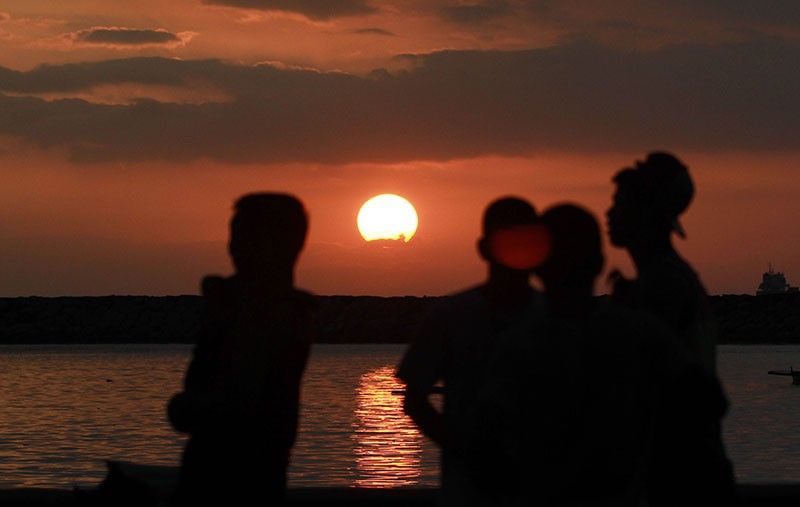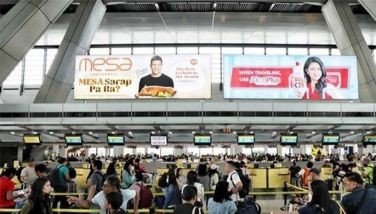DENR to fence off part of Manila Bay seawall

MANILA, Philippines — The Department of Environment and Natural Resources on Wednesday said it will install a fence near the seawall along Roxas Boulevard as part of measures to rehabilitate Manila Bay.
The fencing off of a stretch of the seawall from the US Embassy to the Manila Yacht Club will begin in the next three days, Environment Secretary Roy Cimatu said.
“The baywalk will be open. Mababa lang naman ‘yung fence, four feet lang. Makikita pa rin ‘yung sunset, makikita pa rin ‘yung dagat. Hindi ka lang puwedeng makapasok,” he said.
(The baywalk will be open. The fence will be low, around four-feet tall. People will still see the sunset, the sea. They are just not allowed to enter that area.)
Cimatu reminded the public that Manila Bay is still not safe for swimming.
The fecal coliform level in Manila Baay is at 330 million most probable number per 100 milliliters. DENR’s goal is to reduce the coliform level to less than 270 MPN per 100 ml.
The safe level of coliform must be less than 100 MPN per 100 ml, according to the Department of Health.
Last week, the DOH advised the public against swimming in Manila Bay, citing that swimming in polluted bodies of water can lead to waterborne and gastrointestinal diseases such as diarrhea, cholera, typhoid, dysentery as well as skin diseases and eye infections.
Authorities started putting up notices prohibiting people from swimming in the waters of Manila Bay.
Relocation of informal settlers
Cimatu said they are conducting a “census” among the informal settlers to determine where they would like to go if they are displaced due to the rehabilitation.
“We are asking where they want to go para ituloy ang kanilang livelihood (to continue their livelihood) or they would like to go back to their province,” the Environment secretary said.
He added that authorities are looking for relocation sites.
“There are parts of Cavite that have prepared relocation sites but are hesitant to bring in or welcome [relocated families] because of lack of services,” Cimatu said.
Around 230,000 informal settlers need to be relocated, with 10,000 as the maximum statistical number of informal settlers relocated per year.
“At the rate of 10,000 per year, it will take 22 years. This is really a tall order for us. But we can still do it. We will start with those 30,000 that affect Manila Bay,” he said. — Gaea Katreena Cabico
- Latest
- Trending





























